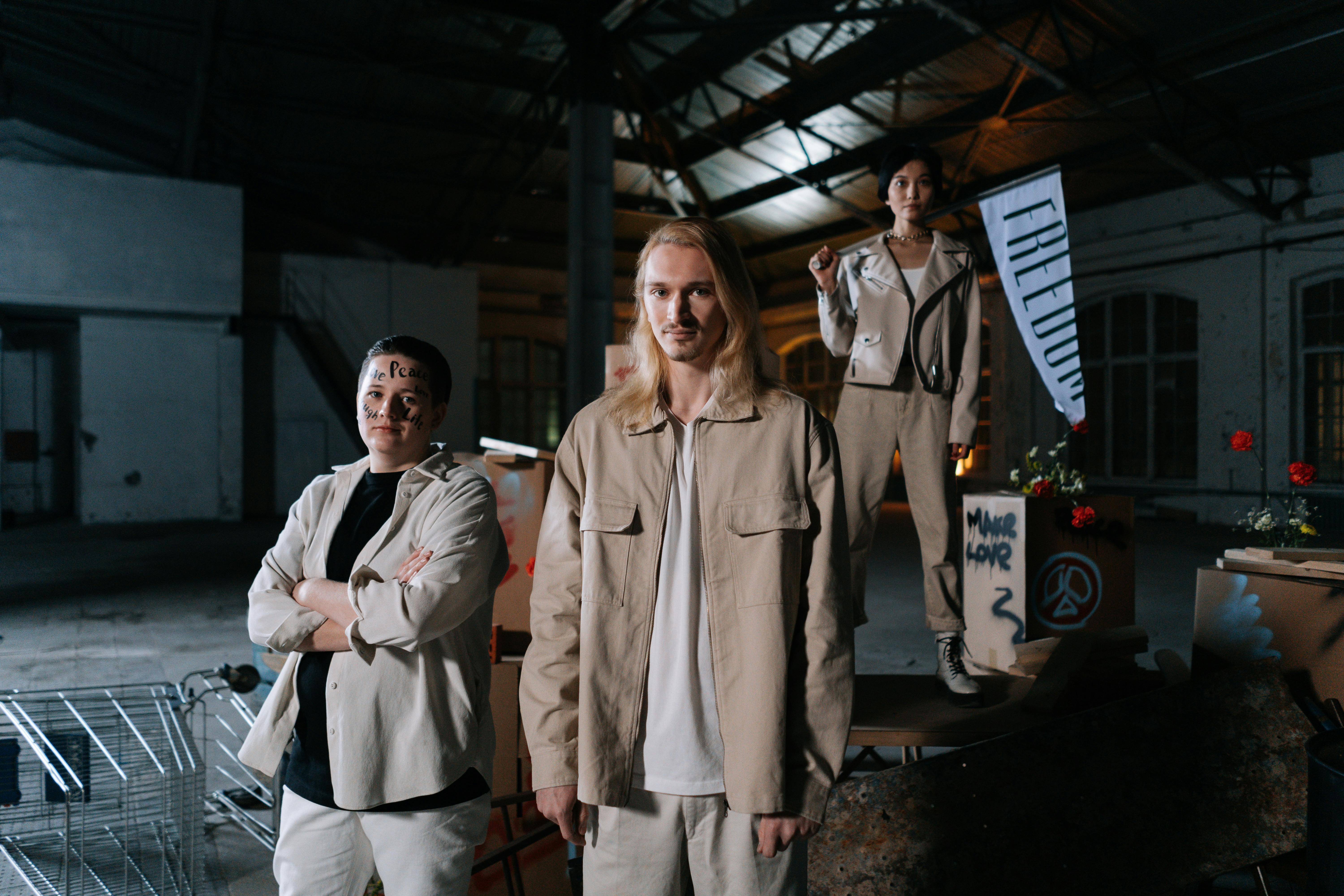Every dog needs to know how to deal with its owner. For the harmonious relationship between them, the owner must spend some time with the dog and explain some words, what they mean and how he wants the dog to respond to them. This is called dog training. The words used in training are called controls.
Each dog can be taught, but it is good to know them, because they are all very different. Some are shy, some like to play, some are aggressive, and some are very lazy. All dogs can understand some basic commands to help owners communicate with them.
MAIN FOCUS OF DOG TRAINING
Basic commands for a dog: for controls we always use the same word. distance, sit, down, wait, stop, leg, voice, get, get out, drop, jump, stop, forward, back, around, over, run…
1. Commands, the dog learns slowly, one by one. When he knows the first command, he starts with the perception of others. First, we teach the dog simple commands to sit, kick, lie down, and wait.
2. Every dog is not for every control and every game. Dog inherits breed instincts from him. If we expect the same behavior as German Shepherds from a poodle, we will be disappointed. Any breed of dog is great for some jobs, but for others it just won’t work.
3. Give your pup time to leave you poor. When it learns new commands (sit…) first, it will obey for only a fraction of a second. So we praise him. Next time he will sit longer. When we teach the animal, between commands we play with it. The dog during the class should have more time to play than to train.
4. When the dog learns some controls, we add noises and sounds to the controls. The dog must always obey. Noises and sounds: a ball, a sizzling toy, running around it, dropping the treats…
5. Distance between dogs and owners When we teach the dog sitting in front of or next to the teacher, they should be no more than one meter away. If it is more than a meter away, it will draw attention to everything but the controls.
6. Different places. Once the dog learns to sit on command, you should get him used to sitting indoors, outdoors, or in the middle of town. 6.1. different ground substrates The dog sits on various bases on the ground: cement, grass, sand, earth, seat, surf, table, bench…
7. We provide controls one after another in different sequences to sitting, lying down, voice, jumping, distance b. leg, voice, wait, rest, voice c. distance, sit, jump, sit, wait. 7.1. Train the dog in different situations: a walk through the town, in front of the ATM without a leash, in an elevator…
8. Train the dog at a different time of day: morning, noon, afternoon, evening, night.
9. We practice different positions and different controls in a series from sitting to lying down, lying down to jumping…
10. We practice having the dog change position between commands whether we are in a chair, lying on the ground, standing on a ladder, hanging from the tree, standing on slides or steps.
11. Practice the dog in a quiet voice – whispering and loud – singing.
12. DO NOT practice with the animal when you are not in the mood.
13. Train the dog several times a day for a few minutes, preferably daily. When the dog is used to training, don’t do it for more than 20 minutes.
14. Every session with a dog should be fun for both the dog and the owner. Between the controls there are always short games with the dogs.
15. We praise the dog when it is obedient and ignore it when it doesn’t. Do not feed the dog treats during training, as he will always look at them. The dog is more obedient to love than to food.
16. We do not punish, hit or yell at the dog. We work with him friendly.
17. Don’t tease the dog during training. This offends and humiliates him.
18. During training we do not stroke the head This means humiliation for a hardworking and obedient dog.
19. Patience. Sometimes the dog does not understand what we want from him. This can make us angry. Then the training stops and within minutes, we try to say what we want in another way.
20. The trainer needs to know and imagine what he wants from his dog. If the trainer is not clear about what he wants, the dog will not know what is expected of him.
21. The handler uses the name of a dog in the controls Sit Tarzan, Tarzan distance,…. the dog loves its name and likes to hear it, so it will act more obedient to the command.
22. Control the order: attention, command, demonstration, praise.
Thomas Grace



